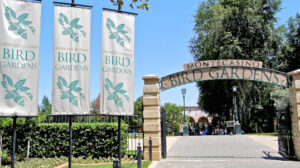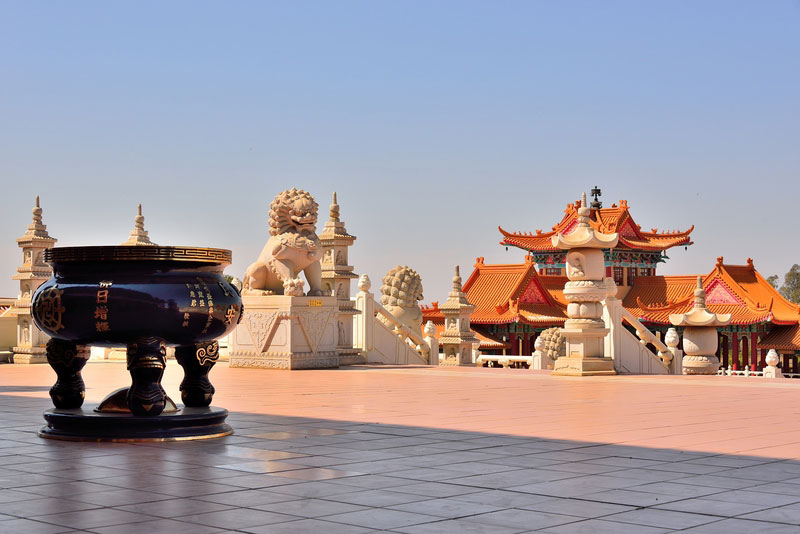6 Easy Facts About Johannesburg North Attractions Explained
6 Easy Facts About Johannesburg North Attractions Explained
Blog Article
All about Johannesburg North Attractions
Table of ContentsSome Known Incorrect Statements About Johannesburg North Attractions Not known Factual Statements About Johannesburg North Attractions All about Johannesburg North AttractionsThe Ultimate Guide To Johannesburg North AttractionsNot known Factual Statements About Johannesburg North Attractions Getting The Johannesburg North Attractions To WorkHow Johannesburg North Attractions can Save You Time, Stress, and Money.
Nonetheless you need to keep safety and security in mind and tourists have to stay sharp in all times when in unknown environments. Talk to the residents when you are in town to learn about the location you are staying in. Johannesburg North attractions. When on the street (this doesn't use to shopping center and various other secure atmospheres) ideal general suggestions is to try your ideal to look like a regional and to stay clear of displaying any type of kind of riches
Johannesburg North Attractions - An Overview
Professor Revil Mason O. J. (Thomson, 1946) checked out the Witwatersrand's pre-colonial background. His historical job exploded the 'em pty land' myth, according to which the area was without human habitation prior to the arrival of European settlers. In his magazines Prehistory of the Transvaal: A Record of Human Activity (1962) and Origins of Black Individuals of Johannesburg and the Southern Western Central Transvaal AD 3501880 (1986 ), Professor Mason showed the extent of social and economic advancement in the location before Europeans set foot right here.

Not known Details About Johannesburg North Attractions
He showed the government's approval, provided after he had vouched to keep his discoveries key. In 1874, small-scale mining operations were started in the Magaliesberg, where an Australian, Henry Lewis, had found gold down payments. In 1878, David Wardrop located gold in quartz veins at Zwartkop, north of Krugersdorp. In 1881, Stephanus Minnaar stumbled upon gold on the farm Kromdraai, near the Cradle of Humankind.
In March 1886, an outcropping (soon to be called the Main Reef) was discovered, fairly fortuitously, on Gerhardus Oosthuizen's farm Langlaagte. Some claim that the Lancastrian coal miner George Pedestrian discovered this coral reef. One more travelling English prospector, George Harrison (that had actually formerly operated in Australian mines) obtained a prospecting licence in regard of Langlaagte in Might 1886.
He decided to go on in a pursuit for greener pastures, and disposed of his Langlaagte claim for the baronial sum of 10. Alas: below lay the richest goldfield ever before located. The exploration of this abundant auriferous coral reef prompted a gold thrill that indicated completion of bucolic tranquillity in the southerly Transvaal.
It would certainly, within 6 years, become the largest town in southern Africa. Within a decade, it would certainly make the Z. A. R. till then an anarchical and insolvent little state the most affluent country in Africa. By the turn of the century, the Z. A. R. was to exceed Russia, Australia and the United States of America to become the globe's leading gold image source manufacturer, creating more than a quarter of the globe's gold.
Excitement About Johannesburg North Attractions
It was referred to as Ferreira's Camp, named after Colonel Ignatius Ferreira. He was a Boer adventurer upon whom the British authorities had presented the status of Friend of the Many Identified Order of St Michael and St George (entitling him to the post-nominal letters C. M. G.) in gratitude for his duty in the battle that had actually deposed the Pedi king Sekhukhune in 1879.
Two other camps see this were developed: Meyer's Camp on the farm Doornfontein, and Paarl Camp. The latter was nicknamed Afrikander Camp; several people from the Cape Swarm settled there.

Indicators on Johannesburg North Attractions You Should Know
This name acquired money by word of mouth, such that the State Assistant verified the name to the Mining Commissioner on 9 October 1886. Stands in the town were auctioned on 8 December 1886. While some stands were cost 10, others were knocked down for just sixpence.
Two years later, these erven were to change hands for as high as 750 each. The tented camps dwindled as a dorp of corrugated iron buildings created and expanded north of the mines situated along the Main Coral Reef Road. Locations such as Jeppe's Town (where working-class immigrants erected their houses) and Doornfontein (where the upscale brand-new 'Randlords' began to build their extravagant residences) were quickly included in the ever-expanding map of the town.
The 6-Second Trick For Johannesburg North Attractions
Apart from the road names, description there were no indications of Johannesburg being located in a Dutch-speaking country., almost everyone spoke English and even the Government servants attended to one in English, unless they were very first resolved in the Taal (or Reduced Dutch)'.
Britain had a passion in making certain ideal conditions for gold manufacturing on the Witwatersrand, and that the gold was exported to London instead than Berlin an essential rendered all the a lot more clamant by the Z. A. R.'s increasing toenadering with Germany. Mine owners got on a clash with Head of state Kruger, whose policy of monopolistic concessions (usually granted to his cronies) avoided mining business from acquiring products of products (particularly dynamite) and labour on their own, less expensive terms
The Johannesburg North Attractions PDFs
In 1890, the Volksraad had actually limited the franchise to white guys that had resided in the Z. A. R. for fourteen years or longer, hence disqualifying many of the immigrants (who happened to be the major factors to the fiscus). Nonetheless, anxiety for the ballot was a mere pretext for advertising a various agenda; a lot of uitlanders concerned themselves as momentary site visitors and had no purpose of staying in the Z.
Report this page